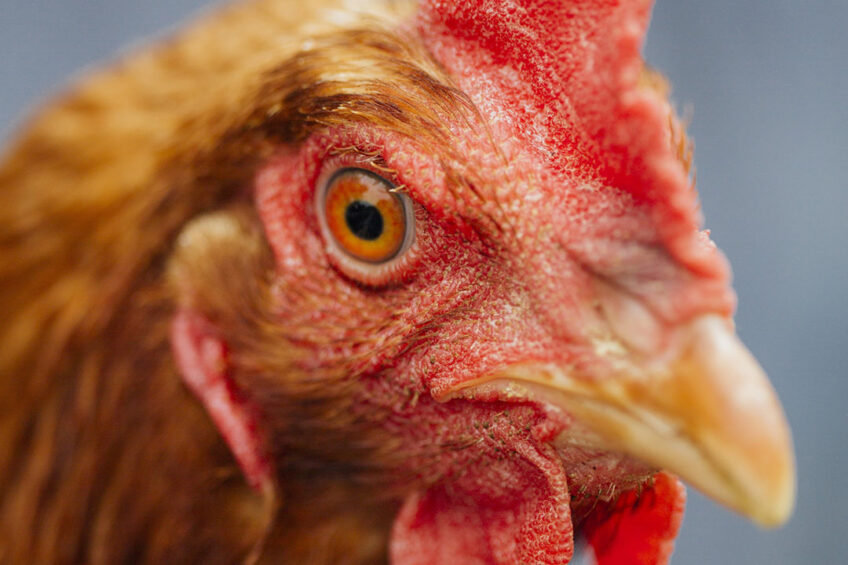Progress in cryopreservation of chicken genetic resources

Scientists have made some recent progress around regenerating breeds of chicken lines from frozen genetic material.
Preservation of rare chicken breeds and research flocks is important for both food security and research. But cryopreservation of chicken breeds has been a challenge, and it has only been possible to cryopreserve male genetic material via sperm collection and storage. Female genetic material could not be cryopreserved due to the characteristics of the chicken egg.
Sperm collection and cryopreservation is a time-consuming process, and the viability of chicken sperm can vary. Regenerating a flock from cryopreserved sperm involves inseminating females with a different genetic background, necessitating multiple generations to bring back the breed.
However, scientists at the National Avian Research Facility (NARF) at The Roslin Institute, Edinburgh, have made some recent progress around regenerating breeds of lines from frozen genetic material. Specifically, improvements to the collection and in vitro culture of Primordial Germ Cells (PGCs) have been made. PGCs are stem cells that give rise to sperm or eggs, and they can be collected from both male and female early-stage embryos and cryopreserved.
The ability to harvest and grow PGCs in culture has aided the production of genetically altered (GA) chicken lines. This is because PGCs can be genetically modified in culture and then reintroduced into early-stage embryos where they migrate to the testes or eggs of the developing embryo. These methods have been used to create a transgenic surrogate host chicken line (iCaspase9) that allows for the chemical ablation of endogenous PGCs in the embryo.
A transgenic surrogate host chicken line vastly improves NARF’s ability to regenerate chicken lines of breeds from frozen PGCs. This is because when cryopreserved PGCs are introduced into a surrogate host embryo, their endogenous PGCs can be ablated. This results in their gametes (sperm and eggs) containing only the introduced genetic material when the embryos mature into adults. PGCs that have been collected from both male and female embryos can be introduced back into both male and female surrogate host embryos. This reduces the time required to regenerate a line from cryopreserved materials.
Ongoing research
NARF says that recent research around alternative cryopreservation techniques shows progress. Collecting embryo gonads (testes and ovaries) from early-stage embryos can provide frozen genetic material that is as effective as frozen PGCs at regenerating a chicken line. This method also allows for the genetic material from many individuals to be collected and cryopreserved in a short time.
Continuing research is further developing cryopreservation methods. To bring back a genetically diverse breed of chicken, it would be parsimonious to breed surrogate hosts that carry the genetic material from multiple donors. It is still unclear whether germ cell genotypes from multiple donors injected into a single surrogate host are transmitted equally to the offspring. Currently, the surrogate host line is maintained on a commercial brown layer background. Ongoing research is looking at whether the genetic background of the cryopreserved breed affects the visibility of the embryos produced by surrogate hosts.
NARF is in the process of creating a biobank to maintain the genetic resources of the unique lines held. A biobank allows for the storage and protection of these lines by mitigating against the loss of resources in the event of a disease outbreak or genetic bottlenecks in closed populations. Cryopreserving chicken lines not currently being used for research also reduces the number of live animals that need to be maintained annually for research purposes.
The development of surrogate host chickens enables lines to be brought back from cryopreserved materials if they become useful for future research projects. Lines that have not been used for many years have recently been cryopreserved and are now only available as cryopreserved genetic material.












